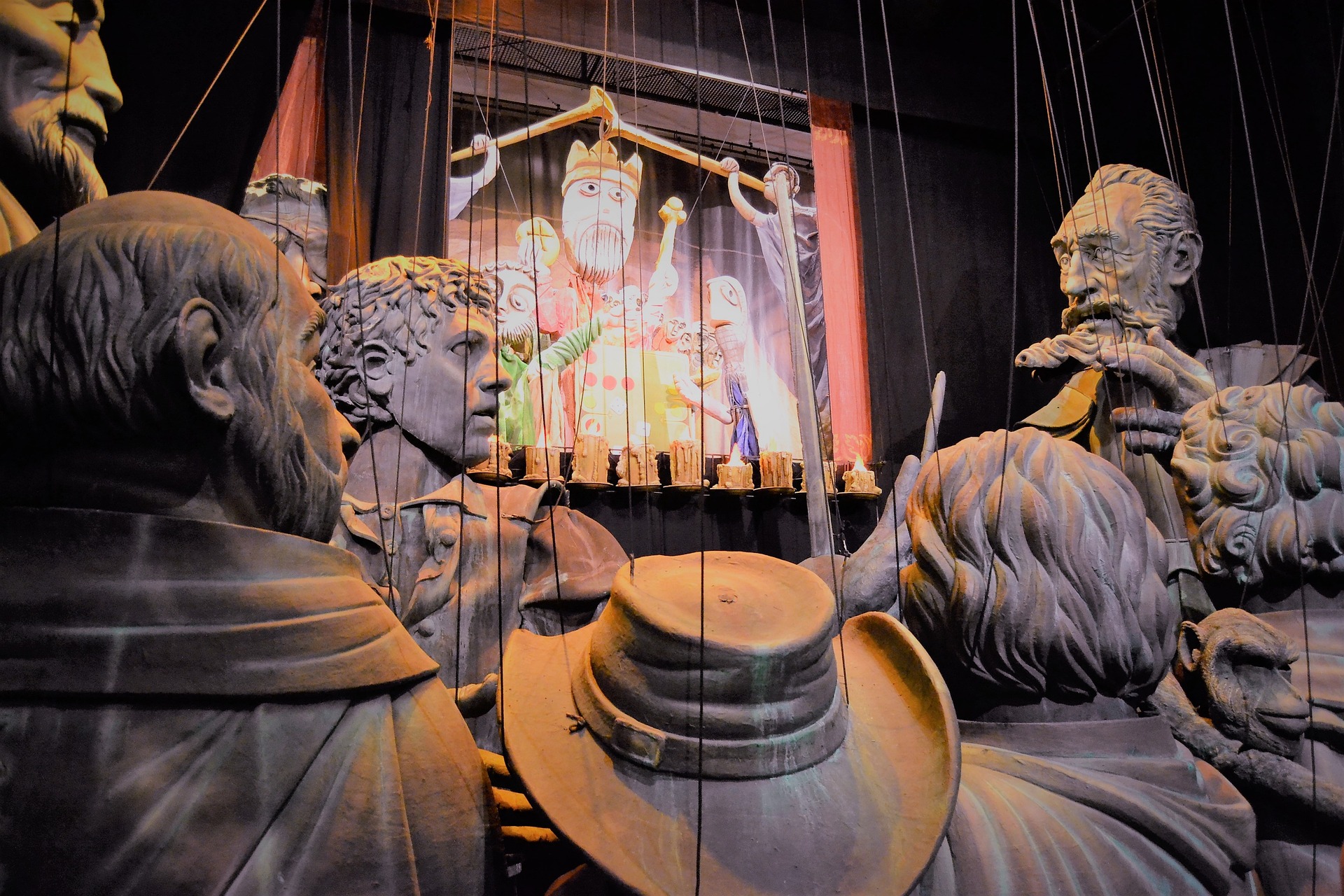Unmasking the Intricacies of Mime: A Silent Art Form Speaks Volumes
In the bustling world of performing arts, a silent performer often steals the show. Mime, an art form that communicates through movement, not words, has a rich history and continues to evolve in the modern era. This article delves into the world of mime, tracing its roots, exploring its evolution, and highlighting its impact on the contemporary arts scene.

The Origins of Mime: A Silent Beginning
Mime, as an art form, has a history that stretches back to ancient Greece. It was a significant part of the theatrical tradition in ancient times, with performers using exaggerated gestures and movements to tell stories. The Romans later adopted this art form, and it became a popular form of entertainment. Despite its ancient roots, mime as we know it today was largely shaped by the work of French performer Marcel Marceau in the 20th century. Marceau’s performances, characterized by his white face paint and silent storytelling, brought mime into the mainstream and established it as a respected art form.
Mime in the Modern Era: A Quiet Revolution
In the 21st century, mime continues to evolve and adapt to the changing entertainment landscape. Modern mime artists have incorporated elements of dance, physical theatre, and even comedy into their performances. This fusion of styles has resulted in a more dynamic and diverse form of mime, which is attracting new audiences and redefining the boundaries of the art form.
The Impact of Mime: Speaking Without Words
The influence of mime extends beyond the realm of theatre. It has made significant contributions to film, with silent movie stars like Charlie Chaplin drawing heavily on mime techniques. In the world of dance, mime has inspired new forms of expression, with contemporary choreographers often incorporating mime elements into their work. Even in the realm of popular culture, mime has left its mark, with performers like Michael Jackson using mime-inspired moves in his iconic music videos.
The Future of Mime: A Silent Art Form in a Noisy World
Despite the challenges posed by a world increasingly dominated by digital and audio-visual content, mime continues to hold its own. The art form’s ability to convey complex emotions and narratives without words is perhaps more relevant now than ever, as society grapples with issues of communication and understanding in a multicultural world. As mime continues to evolve and adapt, it promises to remain a vital and vibrant part of the performing arts landscape.
In conclusion, mime is an art form that speaks volumes without uttering a word. Its rich history, ongoing evolution, and far-reaching impact underscore its significance in the world of performing arts. As we move forward, mime will undoubtedly continue to captivate audiences with its unique blend of silence, movement, and storytelling.





